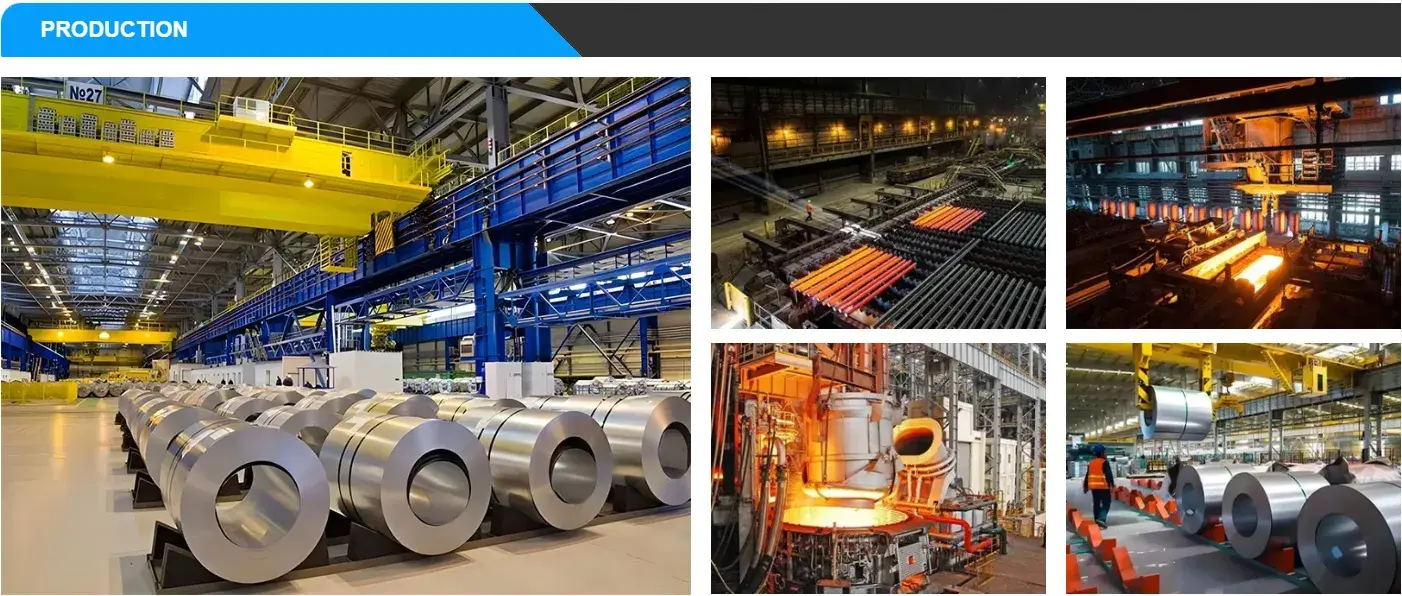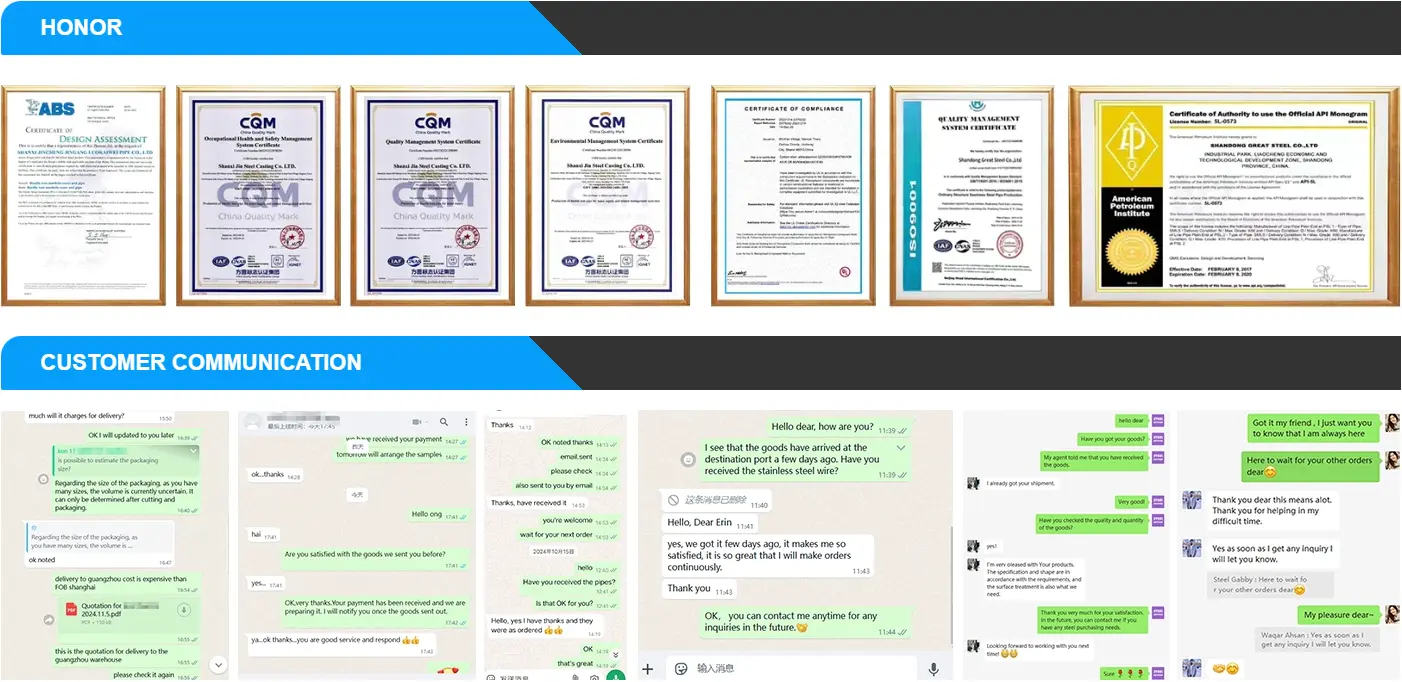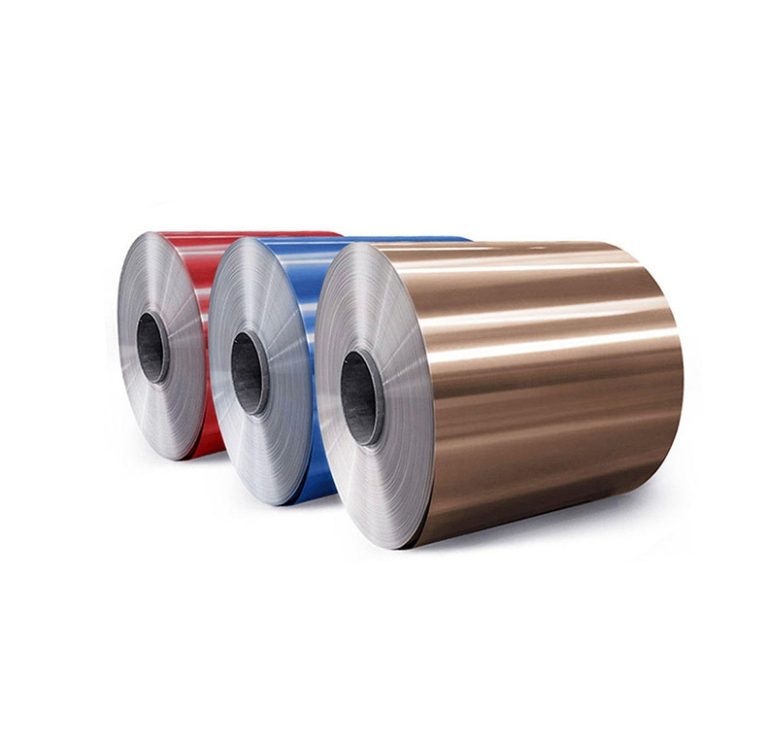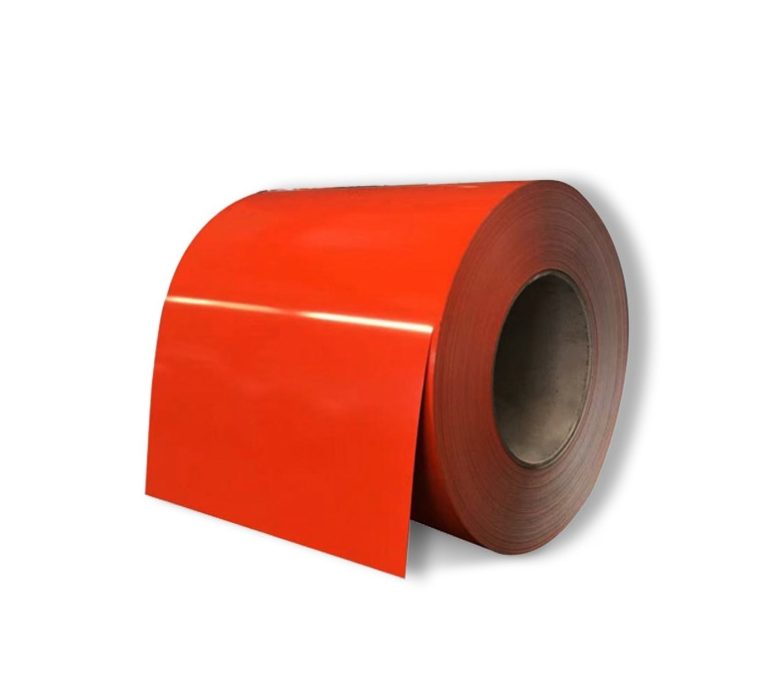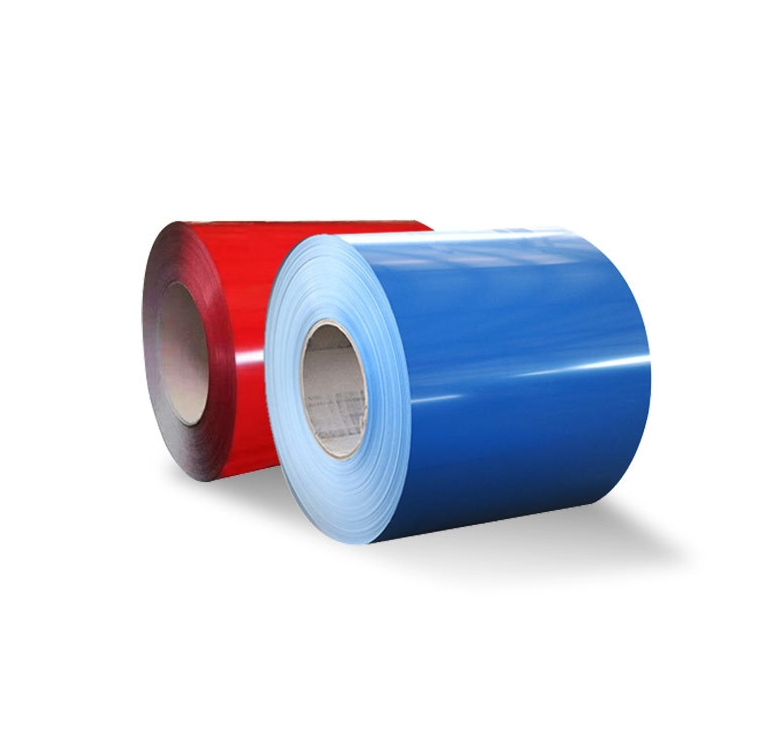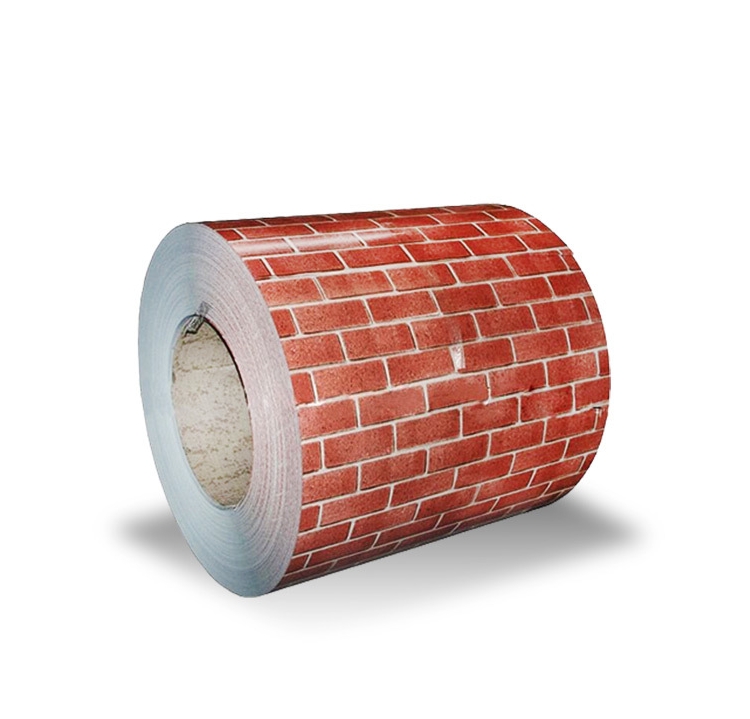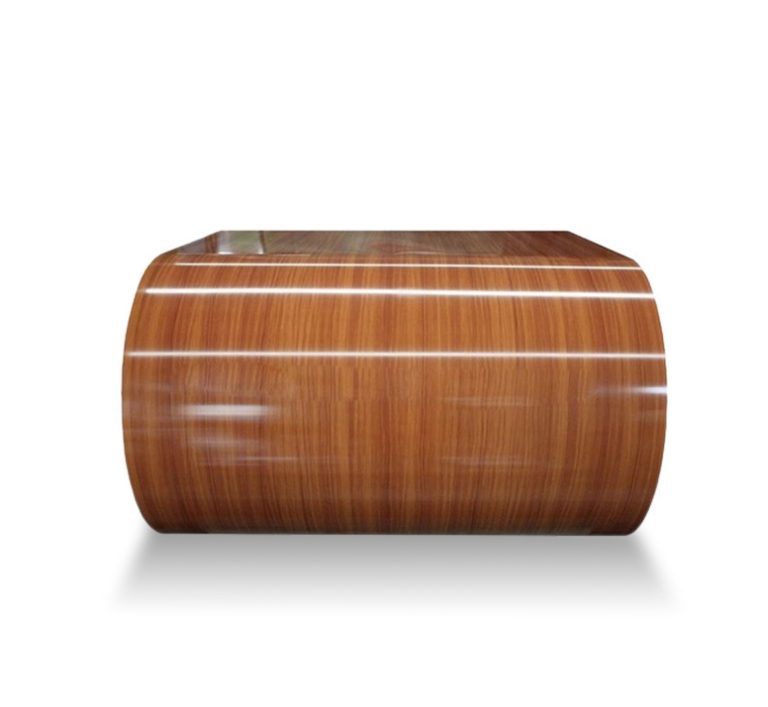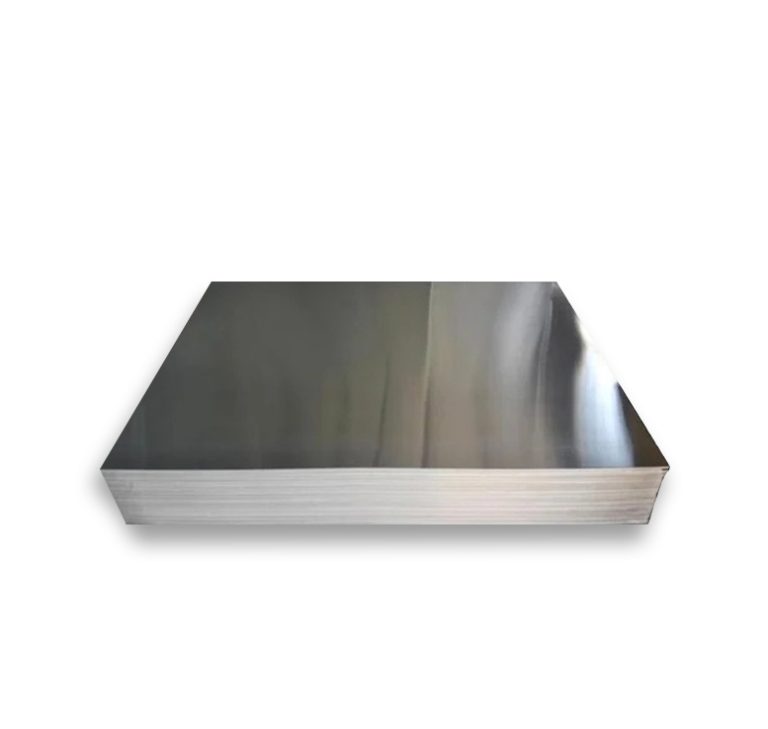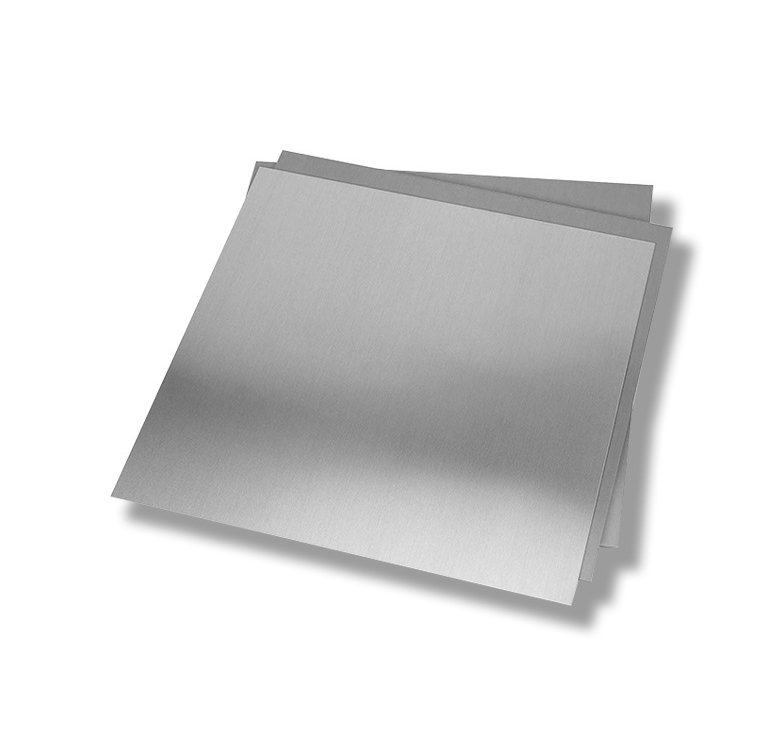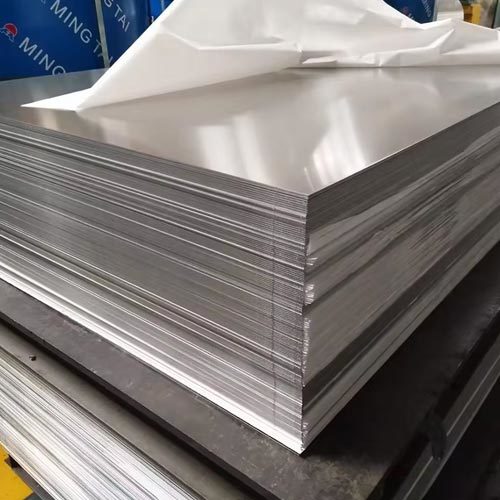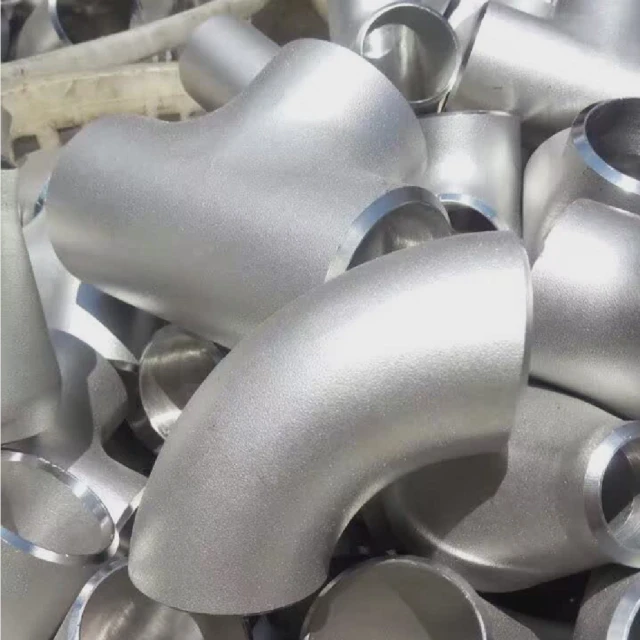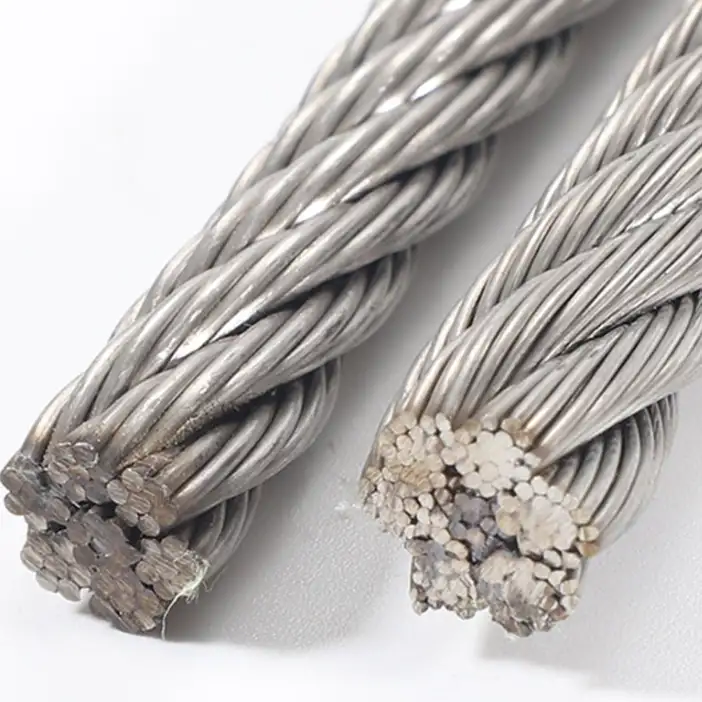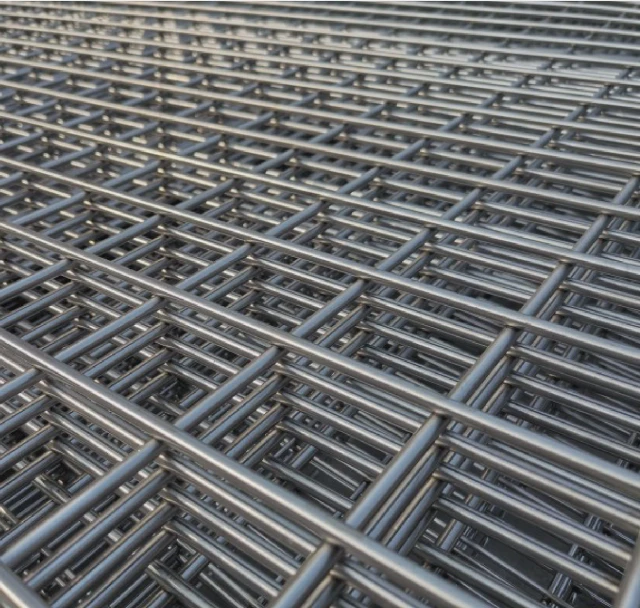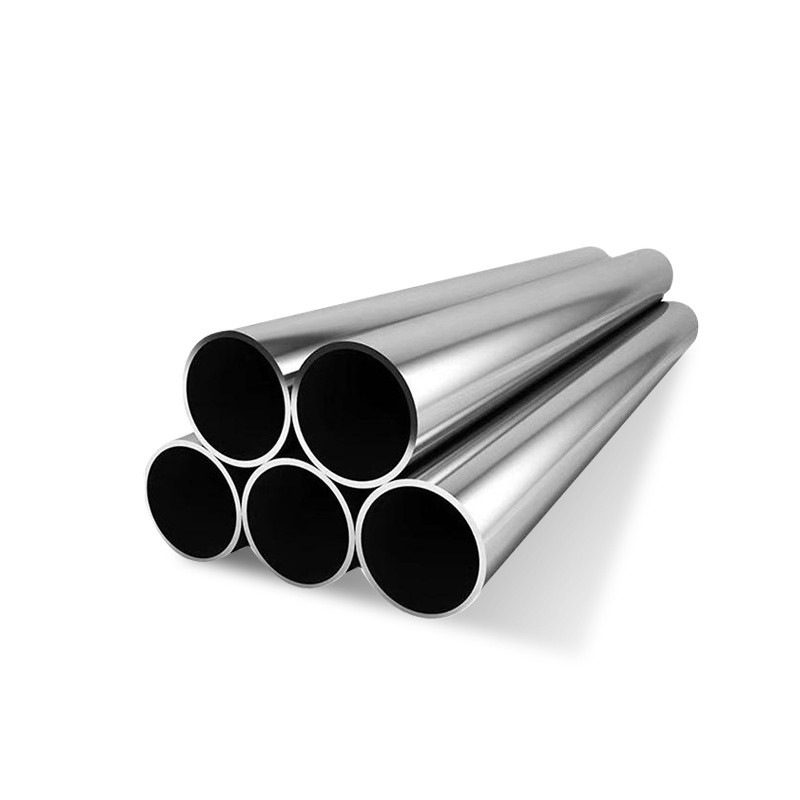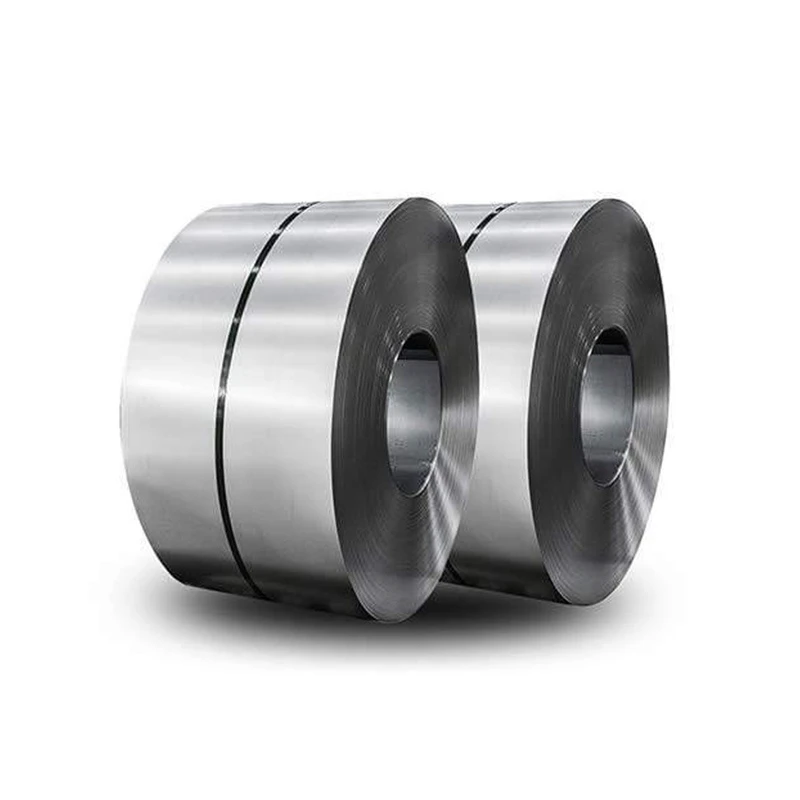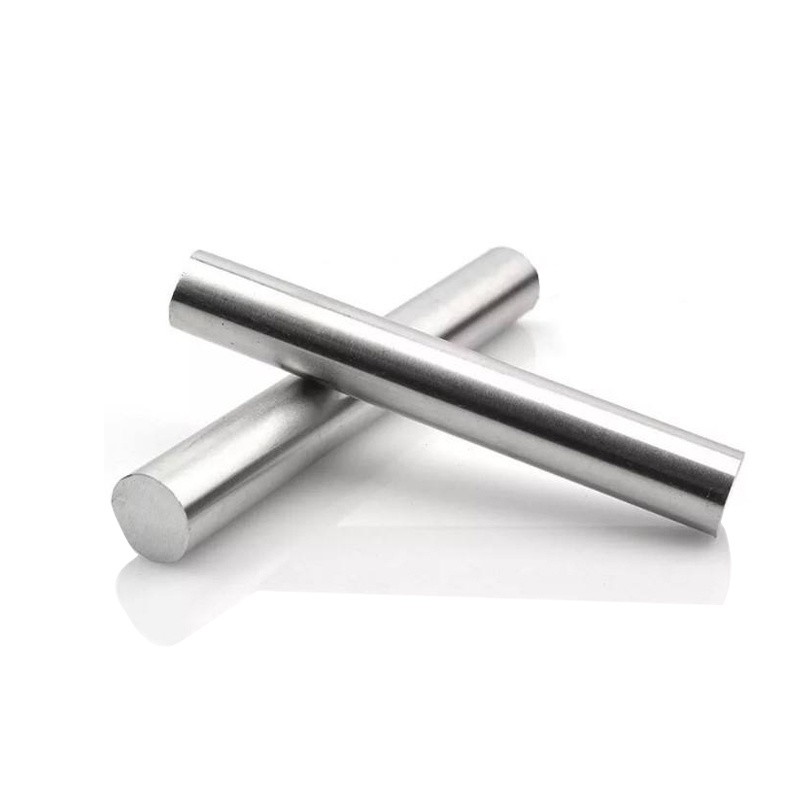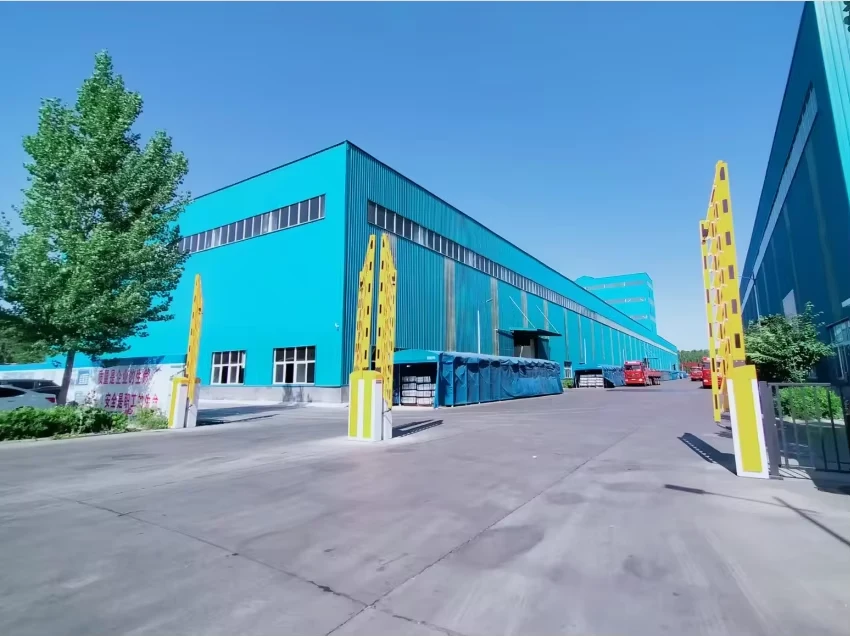
CATEGORIES
FEATURED PRODUCTS
1060 Aluminum Plate
We offer this product and related grades with 100% factory direct pricing and free quotes available within 24 hours.
APPLICATION SCENARIOS
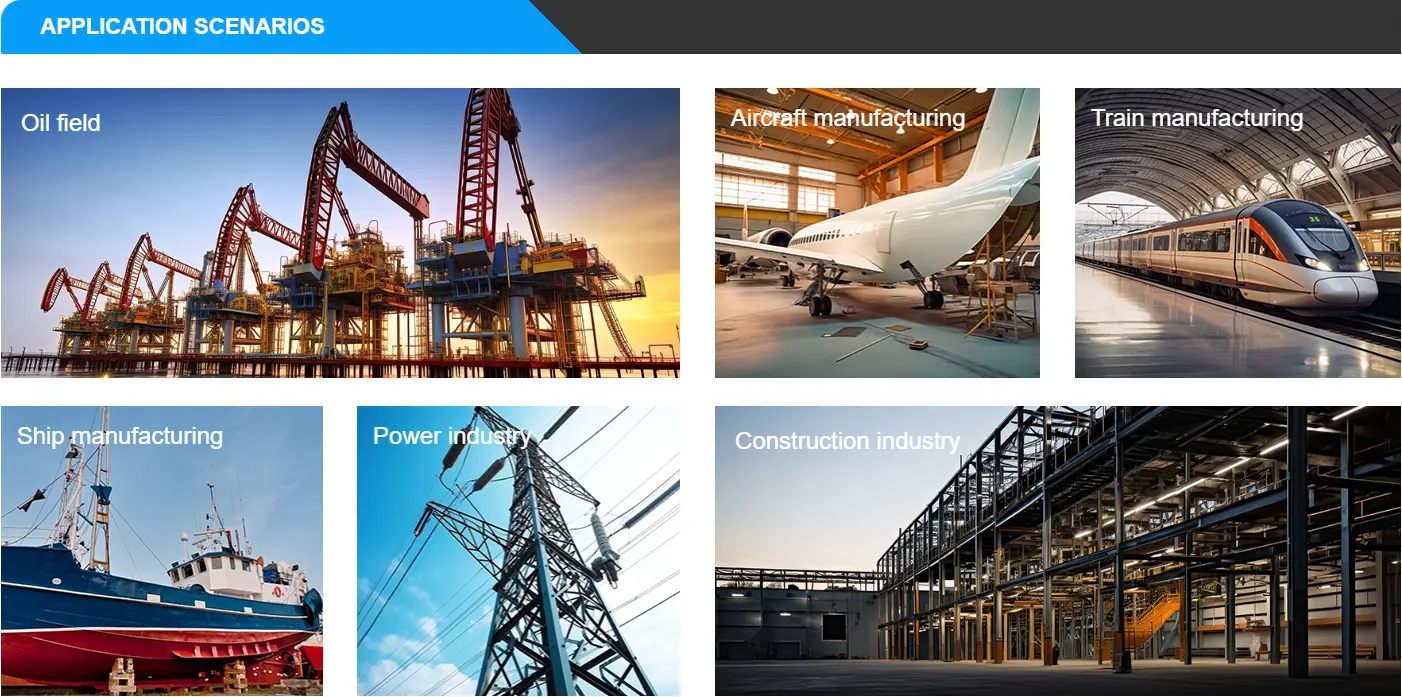
OUR ADVANTAGE

Certificate of Honor

PARTNER

Our Factory
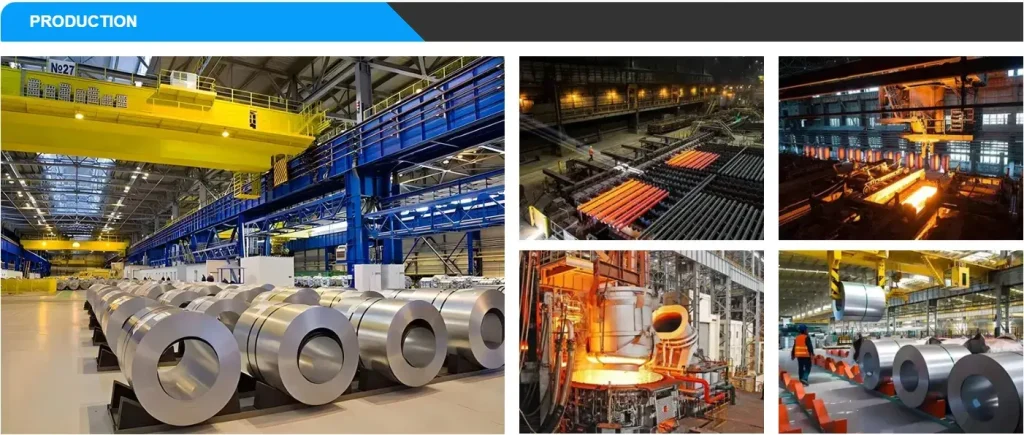
1060 Aluminum Plate: High-Conductivity, Lightweight Solution for Automotive & Electrical Systems
1060 aluminum plate, compliant with ASTM B209 and EN 485-2 standards, combines 99.6% pure aluminum with optimized copper content (≤0.05%) for superior formability and 55–65% IACS electrical conductivity. With a density of 2.7 g/cm³ and thermal expansion coefficient of 23.6×10⁻⁶/K, it reduces component weight by 30–40% versus steel while maintaining 110–136 MPa tensile strength. Ideal for automotive body panels, aircraft ducting, and busbar fabrication.
Key Technical Specifications & Certifications
Mechanical Properties:
| Property | Value | Test Standard |
|---|---|---|
| Tensile Strength | 110–136 MPa | ASTM E8/E8M |
| Yield Strength (0.2%) | ≥75 MPa | ISO 6892-1 |
| Elongation (50mm G.L.) | 3–5% | EN 10002-1 |
| Hardness | 23–32 HB (Brinell) | ASTM E10 |
Physical Properties:
| Parameter | Value | Application Impact |
|---|---|---|
| Thermal Conductivity | 234 W/m·K | Efficient heat sinks/EV battery trays |
| Electrical Resistivity | 28.2 nΩ·m | Busbars with 98% conductivity vs. Cu |
| Melting Point | 649°C | Suitable for brazing (580–620°C) |
Certifications: ISO 9001:2015, RoHS, REACH, and NADCAP for aerospace processing.
Engineering Advantages Over Competing Alloys
- Formability: Achieves 180° bends without cracking at 0.1–3mm thickness (R/t ratio=1).
- Corrosion Resistance: ≤0.01mm/year corrosion rate in pH 4–9 environments (ASTM G67).
- Weldability: TIG/MIG compatible with ER4043 filler (joint efficiency ≥85%).
- Cost Efficiency: 20–25% lower material cost than 3003 alloy for similar applications.
Critical Applications & Case Studies
1060 aluminum plate is specified for:
- Automotive: Hood liners (0.8–1.2mm, H14 temper) reducing weight by 4.2kg/vehicle.
- Aerospace: Cabin air ducts (1.5mm, O temper) meeting FAR 25.853 flammability standards.
- Electronics: LED heat sinks (3mm, H18) achieving 12°C/W thermal resistance.
- Packaging: Can stock (0.2mm, H19) with 38N/15mm tear resistance.
Project Highlight: Tesla Model 3 battery enclosures use 2.5mm 1060-H24 plates, achieving 18% weight reduction versus 5052 alloy while maintaining crashworthiness.
Customization & Quality Assurance
Processing Options:
- Cutting: Laser (±0.1mm) or waterjet (±0.3mm) for complex shapes.
- Surface Finish: Mill finish (Ra 0.4–1.6μm) or anodized (AA-M12C22A41).
- Temper Options: O (annealed), H12, H14, H16, H18, H22, H24.
Testing Protocols:
- Spectrometry: Verifies Cu ≤0.05%, Fe ≤0.35% (ASTM E1251).
- Eddy Current Testing: Detects ≥0.05mm subsurface defects.
- Flatness Check: ≤0.5mm/m deviation via laser profilometry.
Why Choose Our 1060 Aluminum Plates?
Our products deliver 0.02–0.05mm thickness tolerance and 99.7% purity per EN 573-3. The AS9100-certified mill ensures ≤±1° grain direction alignment, while JIS H4100 certification guarantees Japanese industrial standards.
Download our free alloy selection guide comparing 1060 vs. 1100/3003 grades. Request a conductivity vs. thickness chart for your electrical design.
Packaging: PVC film + moisture-proof paper; 20ft container holds 12–15 tons.
Lead Time: 10–18 days for stock sizes; 25–35 days for custom-anodized orders.
Packing And Delivery
Luo Kaiwei Steel Company is Leading aluminum manufacturer, specializing in pre-painted coils, aluminum products (alloys 1050-7075). We offer ASTM/EN certified aluminum foil and pre-painted coils, and third-party inspected. Instant quote for bulk orders (thickness 0.2-150mm). 24-hour global shipping support.
